
hotline:
17715390137
Tel/Wechat:
18101240246 (Technology)
0512-68565571
Email:mxenes@163.com (Sales Engineer)bkxc.bonnie@gmail.com
Scan the code to follow or search the official account on WeChat:
2D Materials Fronrier After paying attention,
click on the lower right corner to contact us,
Enter enterprise WeChat.
Professional Services Online

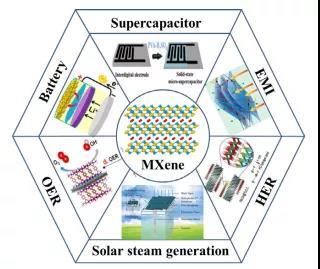 【Research Background】
【Research Background】
New nanomaterials and advanced nanotechnology have promoted the rapid development of sustainable energy conversion and storage technologies. A rising class of two-dimensional transition metal carbonitrides, known as MXenes, has attracted researchers in recent years. Increasingly concerned and conducted in-depth research. Thanks to its unique inherent properties, it is considered to be a very promising alternative material for environmentally friendly energy. A large number of studies have shown that MXenes has great application prospects in the field of energy storage and catalysis. In addition to its excellent performance, MXenes also has some inherent deficiencies, such as low capacity and unstable performance, which greatly hindered its practical application. Recently, Professor Jingquan Liu of Qingdao University published a review article titled MXene-Based Nanocomposites for Energy Conversion and Storage Applications in the internationally renowned academic journal Chemistry-A European Journal, which systematically summarized the latest research progress of MXenes and its composite materials, Including small molecules, polymers, carbon or transition metals and their applications in the field of energy storage, such as in different batteries, supercapacitors, hydrogen evolution/oxygen generation reactions, electromagnetic adsorption/shielding and solar steam power generation. And prospects for future research directions and opportunities.
【Graphic introduction】
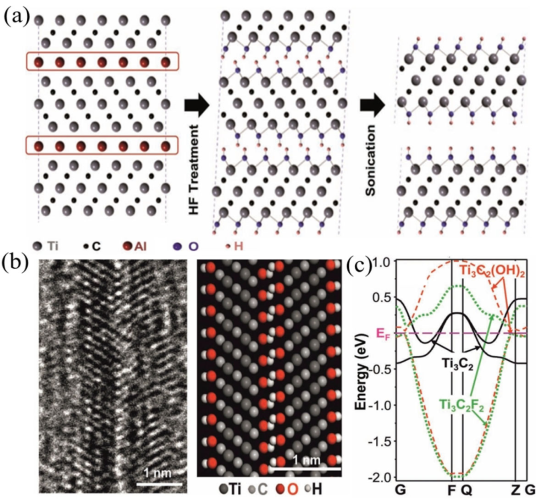
Figure 1. Schematic diagram of the HF peeling process of Ti3AlC2 and the corresponding theoretical calculation.
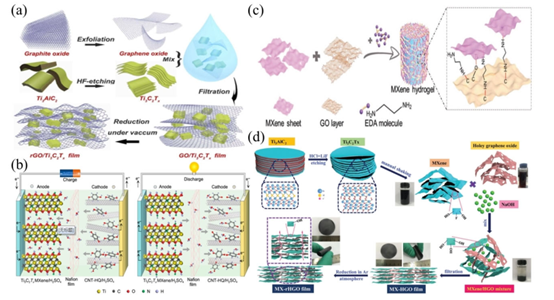
Figure 2. Synthesis process of rGO/Ti3C2Tx film; MXene/CNT hydrogel; MXene hydrogel and modified MXene/porous graphene film;
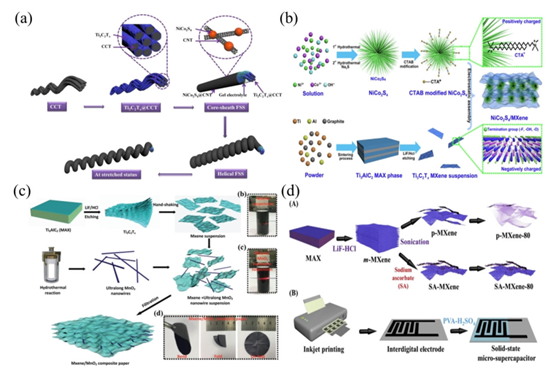
Figure 3. Ti3C2Tx @ rich in N/O carbon cloth; NiCo2S4/MXene composite; Ti3C2Tx/MnO2 mixed dispersion and composite paper; MXene-based solid-state microcapacitor prepared by inkjet printing.
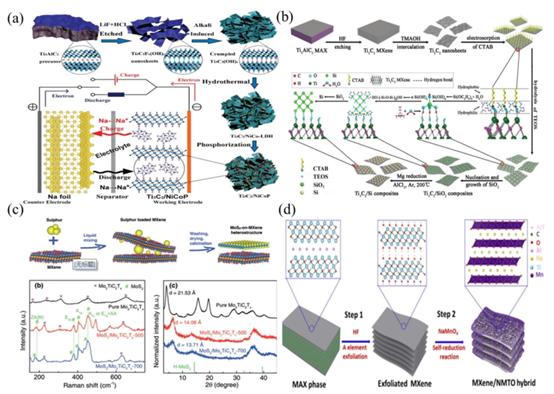
Figure 4. PDT/Ti3C2Tx membrane electrode; laser cutting MXene/bacterial cellulose composite paper for all-solid-state stretchable micro-supercapacitors; graphene-coated, Ti2CTx@polyaniline composite.
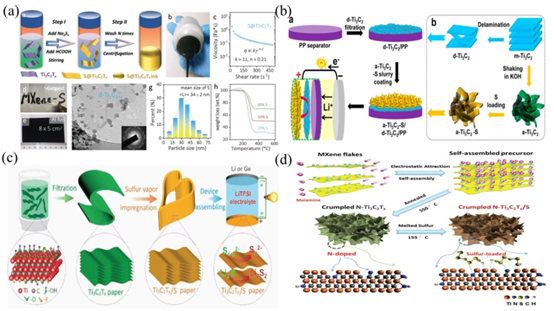
Figure 5. Ti3C2@NiCoP composite and working mechanism; Ti3C2/Si composite; Mo2S/MXene composite.
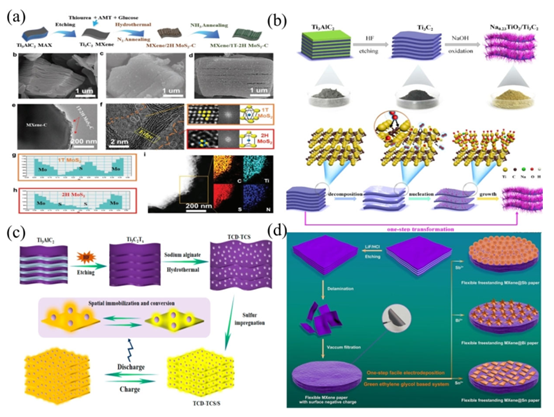
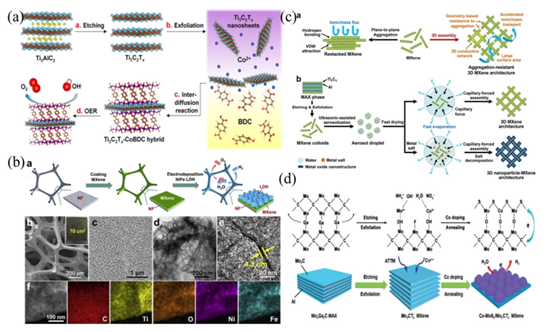
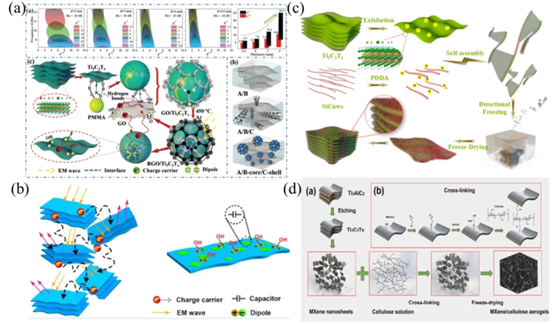
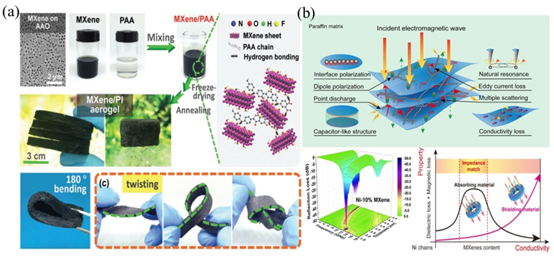
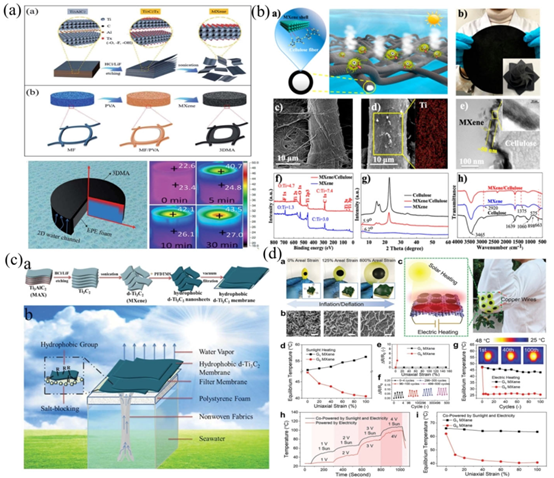

| Reminder: Beijing Beike New Material Technology Co., Ltd. supplies products only for scientific research, not for humans |
| All rights reserved © 2019 beijing beike new material Technology Co., Ltd 京ICP备16054715-2号 |